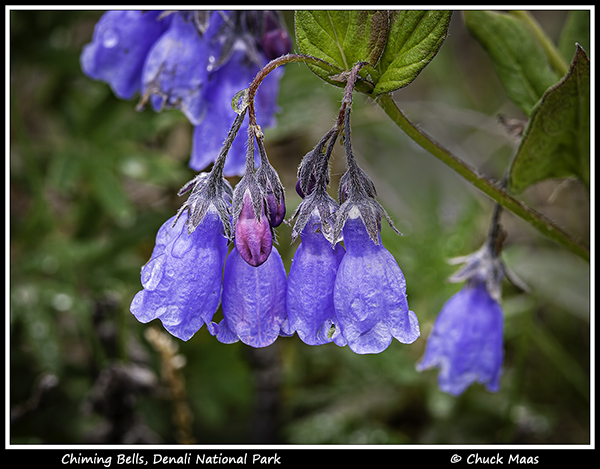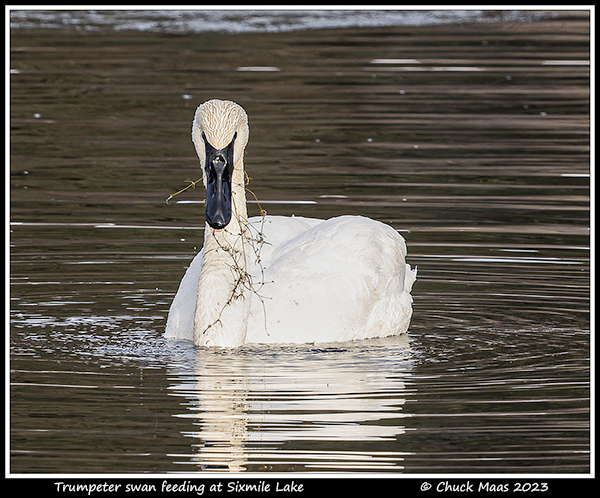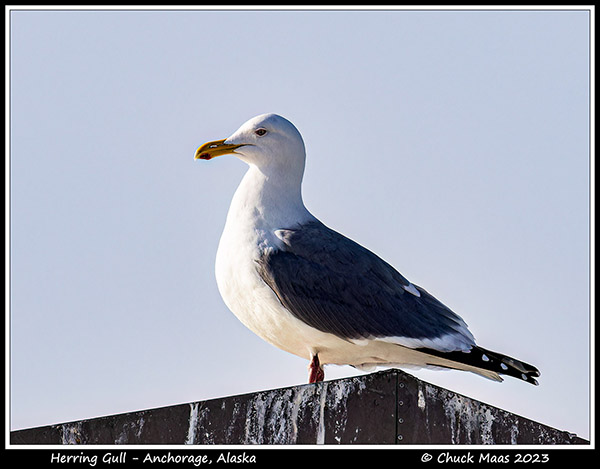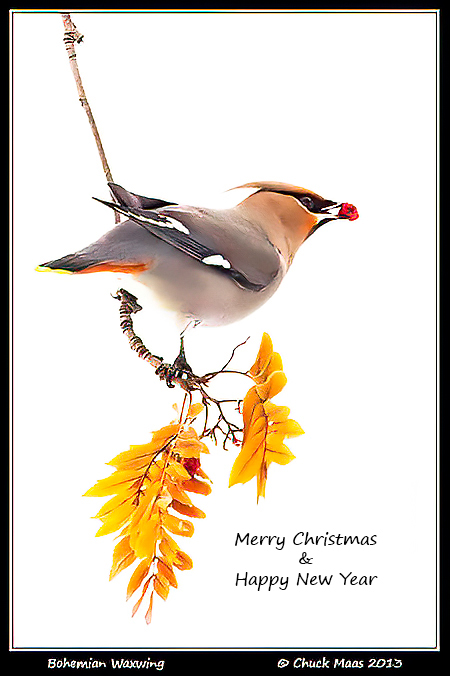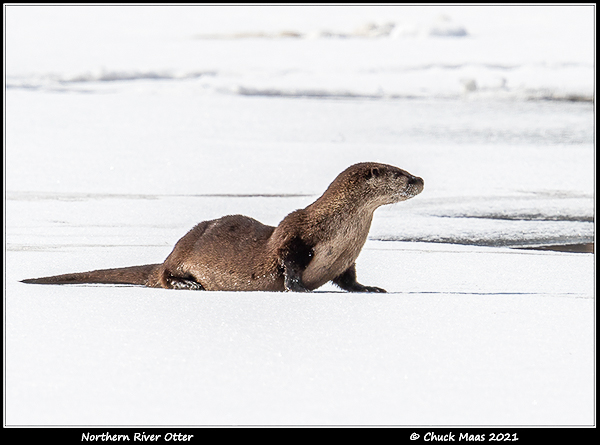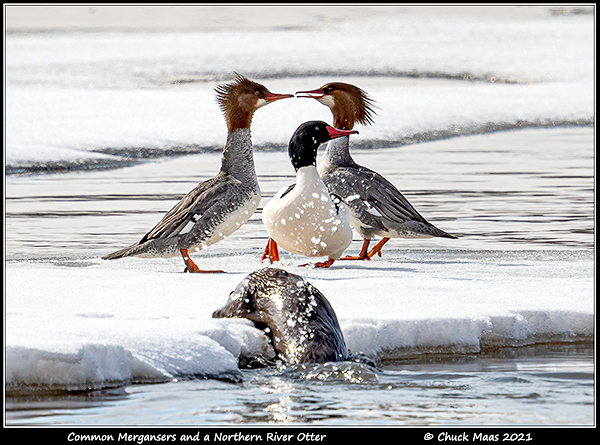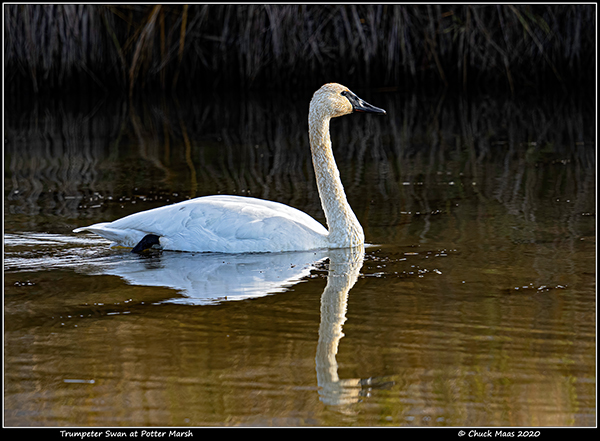A lot has changed in the last few years with regard to capturing, processing, and viewing images on screens or as prints, and methods and means continue to evolve. But the last two years have been filled with disruptions—severe disruptions, beginning with COVID, which drove supply chain holdups and business closures (temporary or permanent) and crippled the economy, and most recently the war in Ukraine that has fueled more price hikes and threatened democracy worldwide. All of this has obliterated previous expectations of availability of all sorts of things. Like it or not, it’s the world we live in, and the turmoil will likely continue for some time to come requiring a new level of patience in order to cope.
On the camera front, the transition to mirrorless is pretty much complete. Of course, a host of DSLRs are still in use making perfectly fine image files, but the majority of research, development, and new announcements going forward will be in mirrorless, with very few exceptions (like Ricoh/Pentax). And when new product does come along—like the Nikon Z9 flagship pro body—it may take a very long time to actually reach most paying customers.
Image processing software development has greatly expanded. During the transition from film to digital a couple of decades ago, Adobe editing programs were the industry standard with little serious competition. Not so now. A whole array of software tools currently exist that cover the gamut from RAW processing to specialized noise reduction and sharpening to full-blown development and image file management systems, many of which use advanced “AI” (machine learning).
Software runs on computer hardware, and there’s been little slowdown on that front though chip architectures are morphing rapidly. On the Apple side their recently released Mac Studio using the in-house M1 processor seems to be the longed-for powerful yet relatively small Apple desktop system without an attached display (bigger than a Mac mini, smaller than a Mac Pro). In the Windows realm, Intel’s latest Core i9-12900KS CPU is the current processor king as relates to running most photo editing tools, though AMD will surely bring more challenges later this year. Graphics cards have also surged ahead (though they’ve been in extremely short supple and very costly due to stiff competition from crypto mining), helping leverage the computational requirements of AI (machine learning), and becoming a much more important consideration in spec’ing a photo editing system.
Even on the display front, color-critical monitors are moving ahead, even though it appears some may actually be leaving this market niche entirely (Sharp/NEC). Eizo has two new top-end units coming shortly (CG2700S and CG2700X) that will be state-of-the-art in the 27” category, and already have a very popular pair of slightly less expensive “CS” models (CS2731 and CS2740) that also meet most critical requirements with slightly fewer bells and whistles. In a significant shift, most new models offer a much broader array of color spaces, especially for video.
And not to forget printers (for the small number of dedicated photographers who still value this method of finishing photographs), the Epson SureColor P900 17” inkjet printer is the current cream of the crop. Physically quite small and with a superior ink set, it will fit into even cramped studios and provide nearly unparalleled printing options in this paper-size category.
So, the tools are there, and more capable than ever. Indeed, the plethora of options makes carefully choosing among them one of the bigger challenges, along with the constant relearning to make it all work together. It’s a rich environment, even with all the turmoil.
